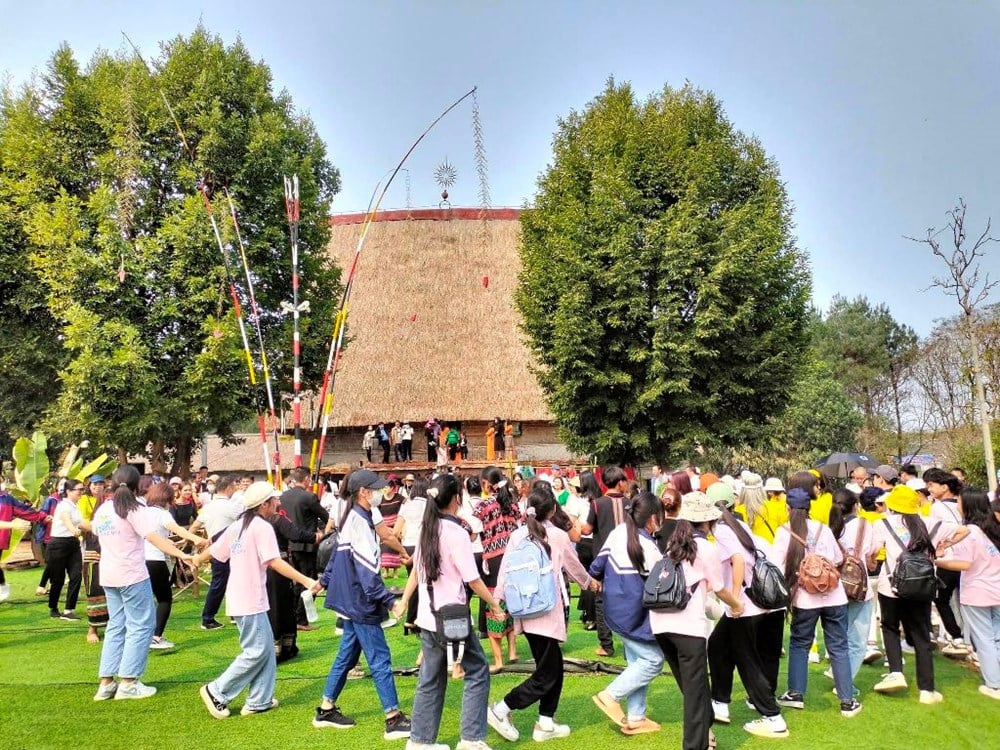
The report is not only a summary of a challenging but successful period, but also a vivid demonstration of the soft power of the Vietnamese people, the strength of culture, people and the aspiration for sustainable development.
Over the past five years, amid global upheaval, pandemics, conflicts and economic recession, Vietnam has remained steadfast, not only thanks to its macroeconomic management capacity, but also thanks to its deep cultural foundation and the spiritual fortitude of the entire nation.
Culture becomes a pillar in development
Looking back on that journey, the most noticeable thing is that the position of culture in the national development strategy has fundamentally changed. If in the past, culture was often seen as a "supportive" sector of growth, then in the period 2021-2025, it has become a pillar of development on par with economics, politics and society.
In the Government Report, the Prime Minister emphasized that all 15/15 main targets for 2025 were achieved and exceeded, especially the targets on culture, society, social security and people's life were all exceeded. This proves that culture, as the spiritual foundation of society, has truly been transformed into a driving force for development, and is no longer a slogan or a symbolic field.
From hardship, the vitality of Vietnamese culture is further affirmed. The Covid-19 pandemic has shaken the whole world, but the Vietnamese people have overcome it with a "special vaccine", which is humanity, sharing, compassion and faith. It is in these difficult moments that the national cultural values: solidarity, affection, resilience have become an invisible thread connecting the community, nurturing the spirit and reviving the will. When the economy recovers, culture is the driving force to help restore trust, arouse aspirations and spread positive energy in society. The development picture over the past five years shows that Vietnamese culture is changing strongly. The cultural and creative industry is considered a new economic sector, contributing to creating jobs, increasing income and spreading Vietnamese values to the world.
The lesson of the 2021-2025 journey is clear: Sustainable development is only possible when culture is the foundation. Culture helps us unite in difficulties, be creative in challenges and be humane in every action. That is the core value, the "soft power" that has and will continue to take Vietnam further on the path of integration and affirm its position in today's volatile world.
Vietnam has 10 heritages recognized by UNESCO, many political, artistic, sports and tourism events at the national level have been successfully organized. Each event is not only a festival of memory, but also an opportunity to affirm national pride, the spirit of independence and self-reliance and the aspiration to rise in the new era. The operation of the National Exhibition Fair Center, one of the 10 largest centers in the world, is a milestone showing that Vietnam is ready to enter a period of regional creative industrial development, linking culture with tourism, trade and technological innovation.
In particular, culture is not only present in festival activities or symbols, but also permeates human policies. The government has spent up to 1.1 million billion VND on social security, accounting for nearly 17% of total state budget expenditure; the multidimensional poverty rate has decreased from 4.4% to 1.3%; the average income of workers has increased to 8.3 million VND/month.
It is not only an economic achievement but also the result of a people-centered development policy. Tuition-free and subsidized programs from kindergarten to high school, the construction of 248 boarding and semi-boarding schools in border areas, or the expansion of universal health insurance..., all demonstrate the spirit of "leaving no one behind", a profound humanistic value of modern Vietnamese culture.
Notably, digital transformation in the cultural sector has created a new turning point. National databases on heritage, art, sports, and tourism have been formed; many virtual museums, online creative spaces, and digital performance platforms have been born, expanding access to culture to all classes. Culture is no longer a static heritage display, but has become a vibrant flow in the digital space, where people can participate, interact, and create. That is the image of "digital culture", a new concept, but is shaping the face of Vietnamese culture in the 21st century.
When every citizen becomes a cultural ambassador
However, the journey is not without gaps that need to be filled. The Government's report frankly points out that the cultural mechanisms and policies are not strong enough to effectively exploit resources; the cultural industry, although developing rapidly, still lacks a specific financial mechanism and a stable legal framework; the quality of cultural human resources is uneven, especially at the grassroots level and in remote areas. The training of managers, artists and creators has not kept up with the requirements of integration, while many cultural institutions operate at a standstill and have not yet promoted their effectiveness.
The gap in access to and enjoyment of culture between regions remains large. In urban areas, people benefit from a variety of artistic, entertainment, and creative activities; but in rural and mountainous areas, communal cultural houses remain closed, libraries are deserted, and cinemas are rare. Meanwhile, cyberspace, where digital culture thrives, poses many challenges to ethics, aesthetics, and life values, as deviant and offensive content easily spreads and negatively impacts young people.
The story of “behavioral culture” in the online environment, or the protection of national cultural identity against the pressure of globalization, therefore, becomes an urgent requirement. In addition, the cultural management system and institutions also need to be adjusted to suit the two-tier government model and the autonomous trend of public service units.
Although streamlining the apparatus has brought about efficiency in management, it has also caused some localities to be confused due to the lack of specialized cultural staff. In this context, the need to build a “new generation of cultural administrators” with an integrated mindset, digital capacity and creative vision is becoming more urgent than ever.
Based on that reality, the Government has proposed a series of strategic orientations for the 2026-2030 period, in which culture is placed at the center of the development model. Along with three strategic breakthroughs: Institutions, infrastructure, and human resources, culture is considered a "soft resource" to create national identity and competitiveness. The implementation of the National Target Program on Cultural Development for the 2025-2035 period is a fundamental step, helping to mobilize social resources, encourage public-private partnership in building cultural institutions, developing creative industries, training human resources, and promoting the image of Vietnam to the world.
At the same time, the key tasks in the 2026 plan also clearly demonstrate the orientation for developing Vietnamese culture and people in the digital age. The Government aims to perfect institutions and policies for cultural development, summarize pilot models to institutionalize them into common policies for the whole country; promote Project 06 on citizen data and the "Digital Education for All" movement, helping people access knowledge, services and online culture equally; develop digital government, digital government, digital citizens associated with "digital culture", a new, dynamic, creative and globally connected culture.
That direction reflects a new development mindset: Culture is not only the spiritual foundation but also the axis connecting the economy, society and people. When the economy aims for sustainable values, politics aims for fairness, then culture is the “glue” that creates harmony and consensus. Culture not only helps shape individual personality, but also creates national character in integration. A country can be strong in technology, but can only go far if it is strong in culture.
In the era of artificial intelligence, when the speed of technological development far exceeds human adaptability, culture is the fulcrum to maintain balance. Culture must light the way for the nation. Because culture is not only the light of the past, but also the guiding flame for the future.
Looking back over the past five years and looking forward to the new journey, it can be said that Vietnamese culture is entering a pivotal stage of development. We have a stable political foundation, strong economic growth, and modern infrastructure investment; what remains is how to let culture permeate every policy, every action, every project of the country. When every urban area is not only beautiful in architecture but also has a cultural soul; when every "Made in Vietnam" product not only has commercial value but also contains a cultural story; when every citizen becomes a cultural ambassador, then Vietnam will truly enter an era of sustainable development.
The lesson of the 2021-2025 journey is clear: Sustainable development is only possible when culture is the foundation. Culture helps us unite in difficulties, be creative in challenges and be humane in every action. That is the core value, the "soft power" that has and will continue to take Vietnam further on the path of integration and affirm its position in today's volatile world.
And when that light continues to be lit from the National Assembly, from resolutions and policies to the hearts of every Vietnamese person, we have every right to believe that the period 2026-2030 will be the decade of Vietnamese identity and creativity, an era in which every material achievement sparkles with the light of the Vietnamese spirit, pride and humanity.
Source: https://baovanhoa.vn/van-hoa/chi-co-the-phat-trien-ben-vung-khi-lay-van-hoa-lam-goc-176688.html


![[Photo] President Luong Cuong holds talks with South African President Matamela Cyril Ramaphosa](https://vphoto.vietnam.vn/thumb/1200x675/vietnam/resource/IMAGE/2025/10/23/1761221878741_ndo_br_1-8416-jpg.webp)
![[Photo] Standing member of the Secretariat Tran Cam Tu chaired a meeting of the Standing Committee of the Organizing Subcommittee serving the 14th National Party Congress](https://vphoto.vietnam.vn/thumb/1200x675/vietnam/resource/IMAGE/2025/10/24/1761286395190_a3-bnd-4513-5483-jpg.webp)

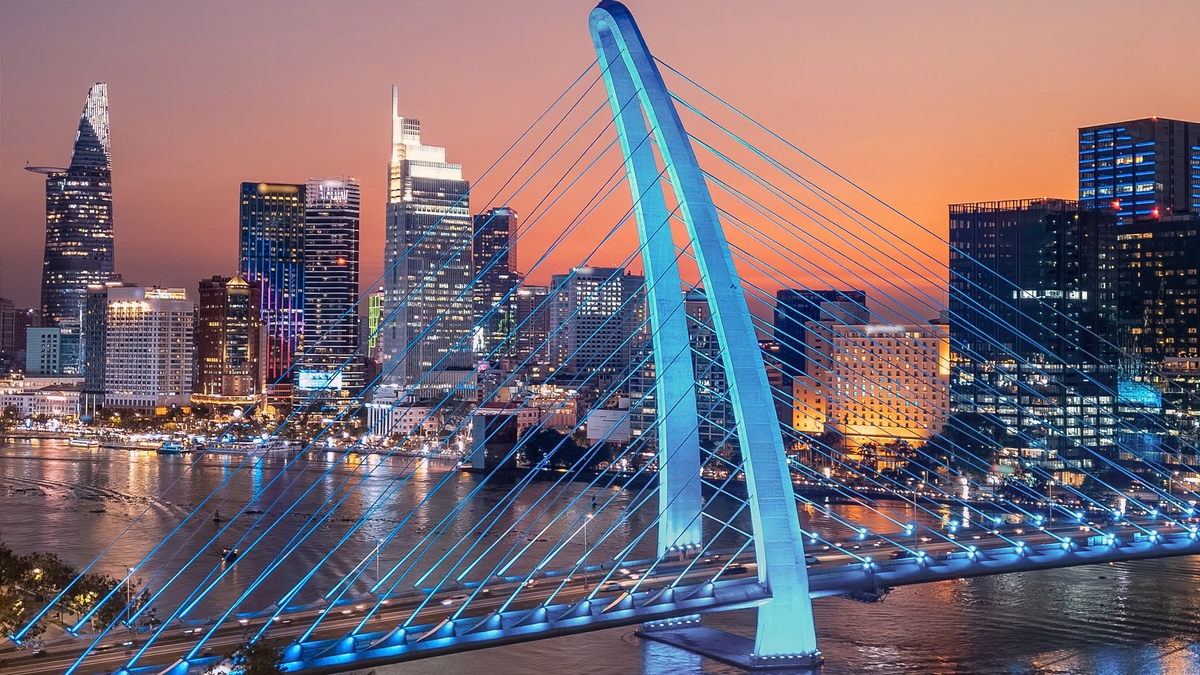
![[Photo] Prime Minister Pham Minh Chinh meets with South African President Matamela Cyril Ramaphosa](https://vphoto.vietnam.vn/thumb/1200x675/vietnam/resource/IMAGE/2025/10/23/1761226081024_dsc-9845-jpg.webp)

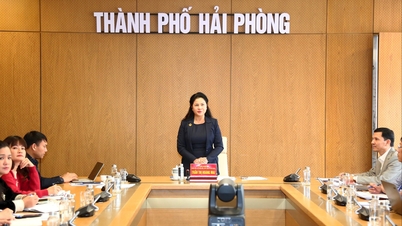

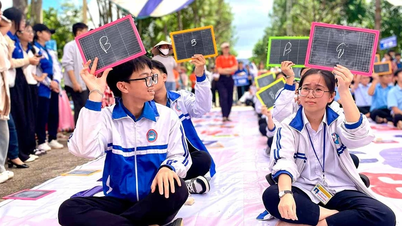

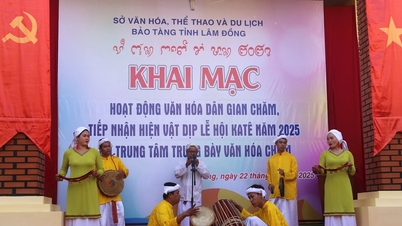

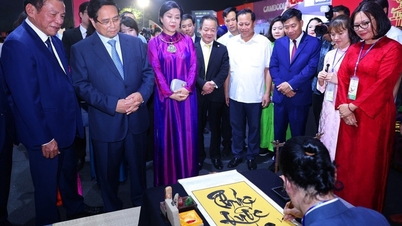


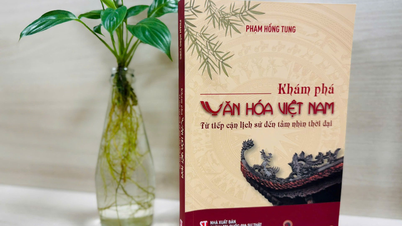


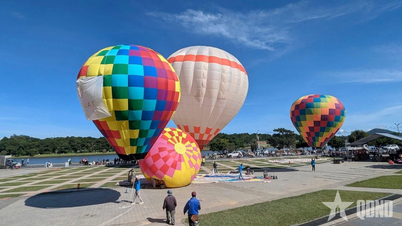


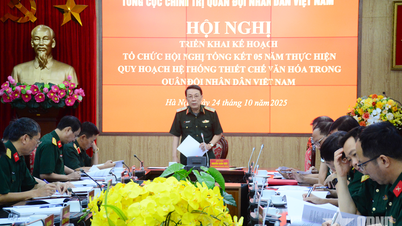


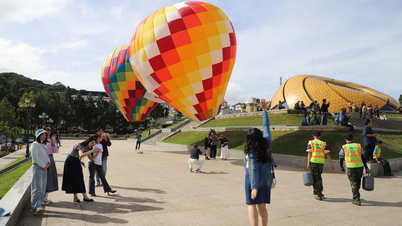




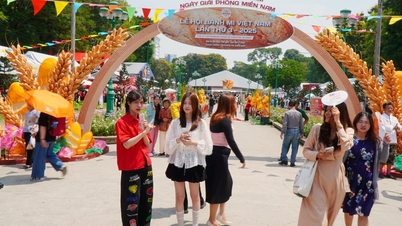
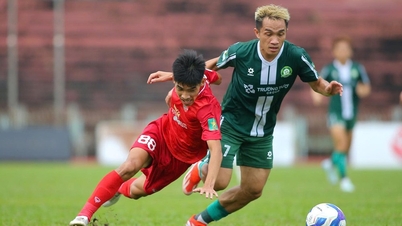
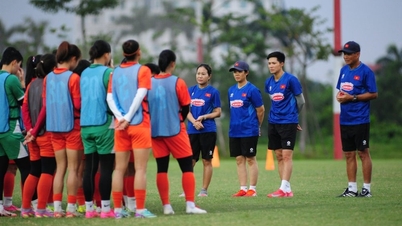
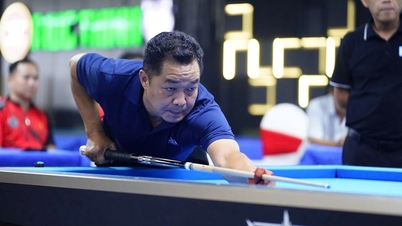
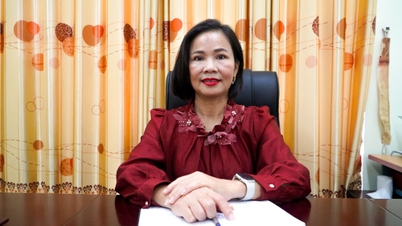
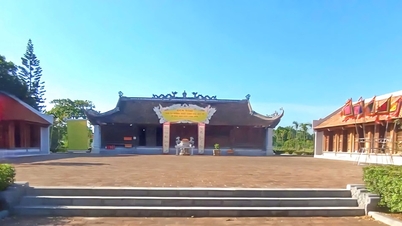
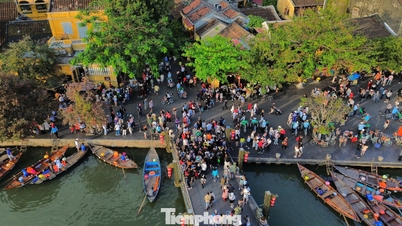

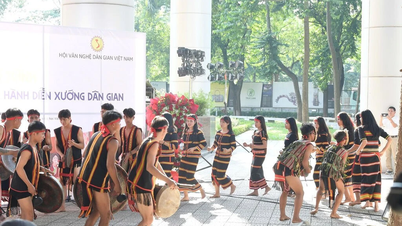










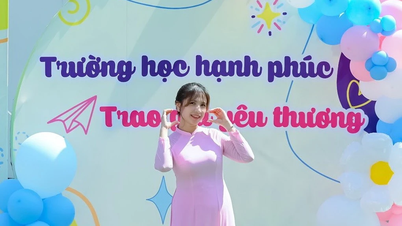

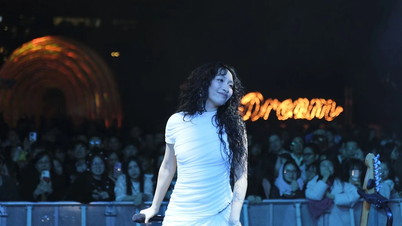

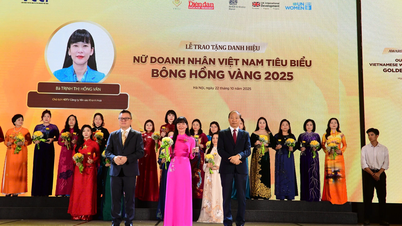

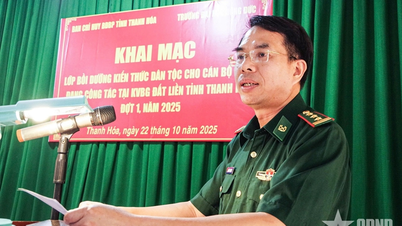




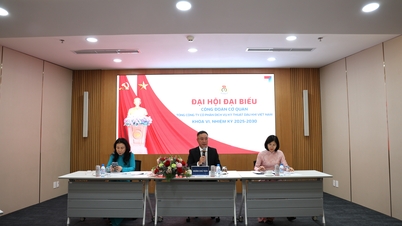

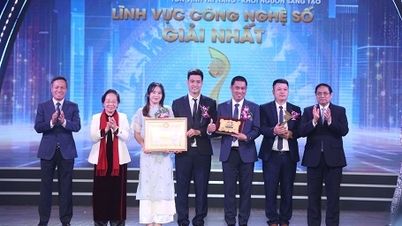
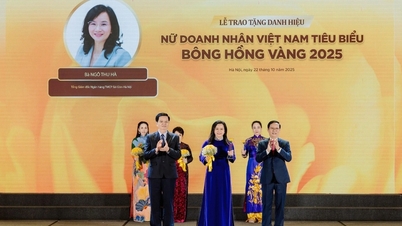
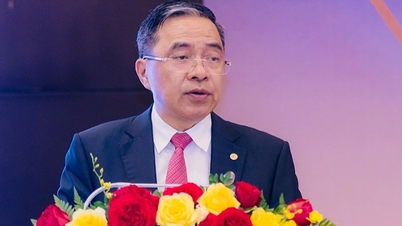






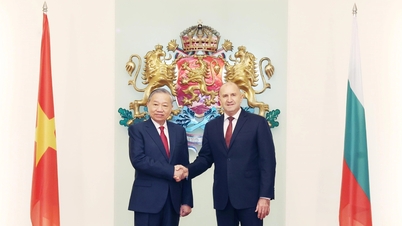
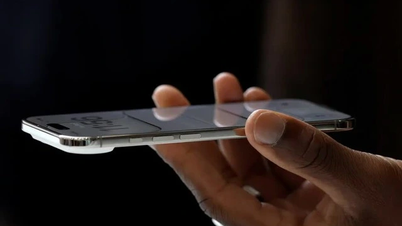

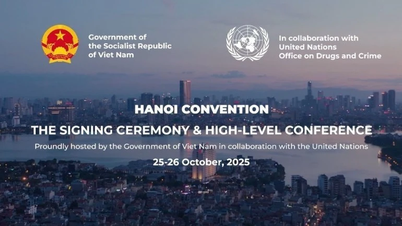
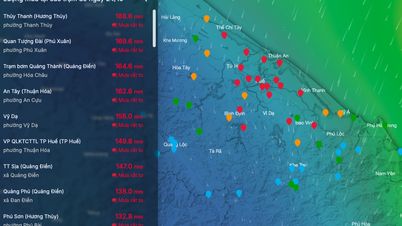
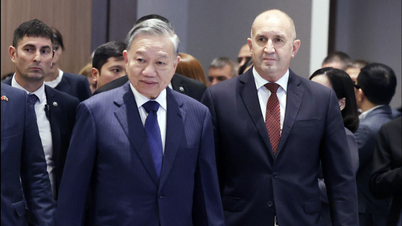
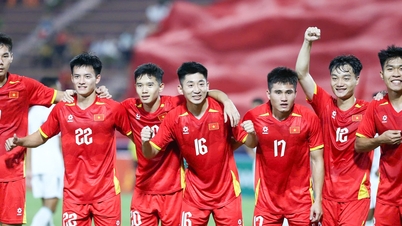
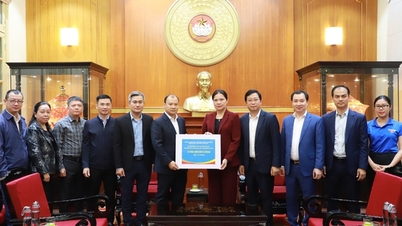

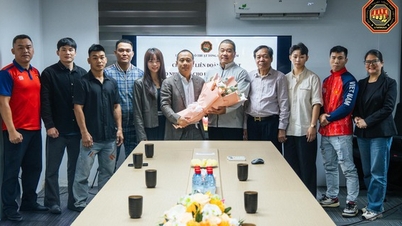
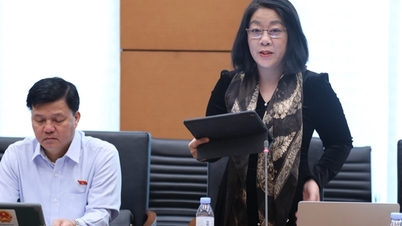
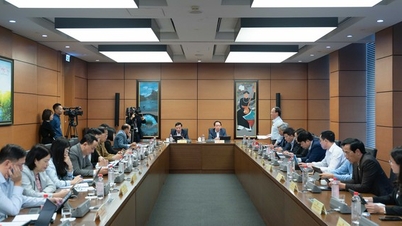
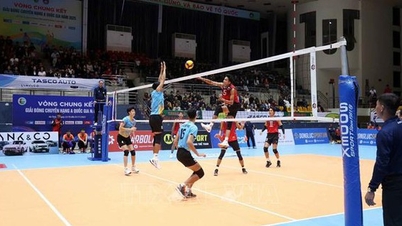
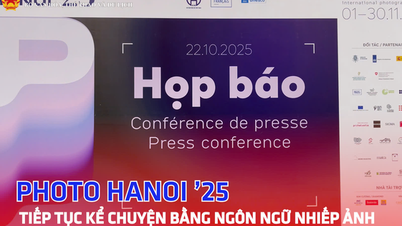
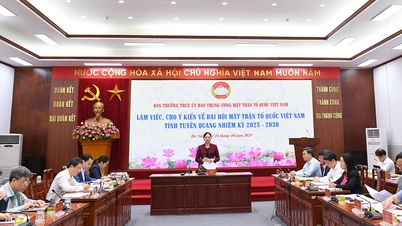

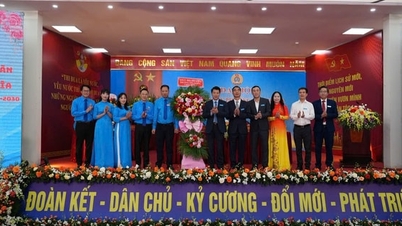

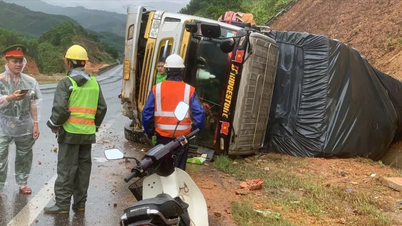

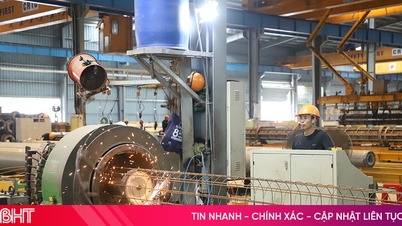

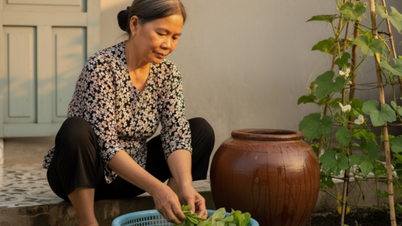













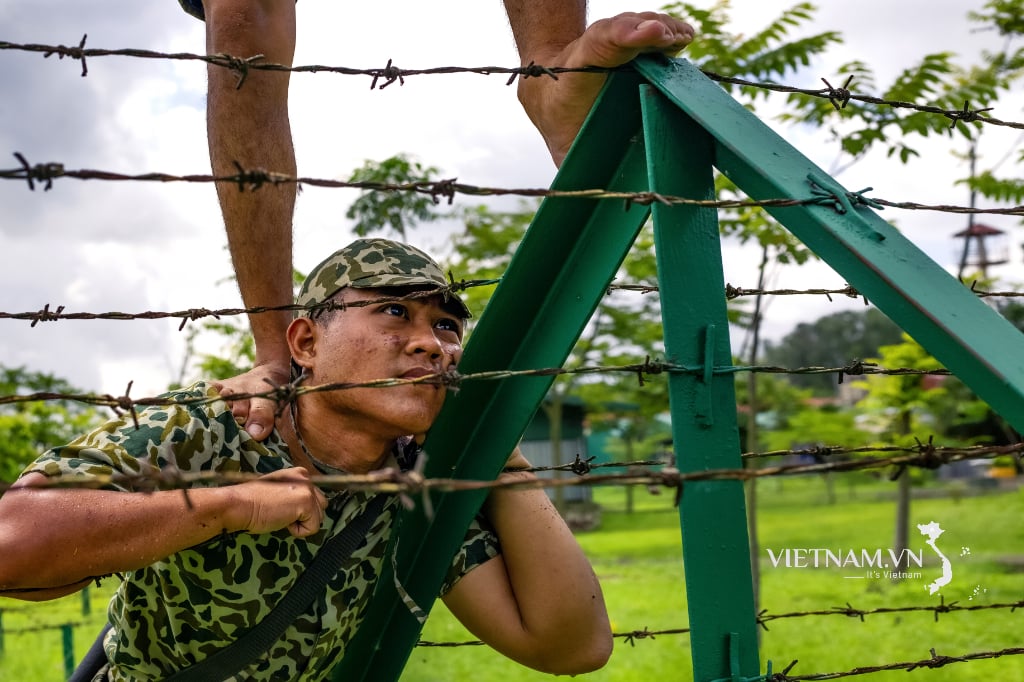
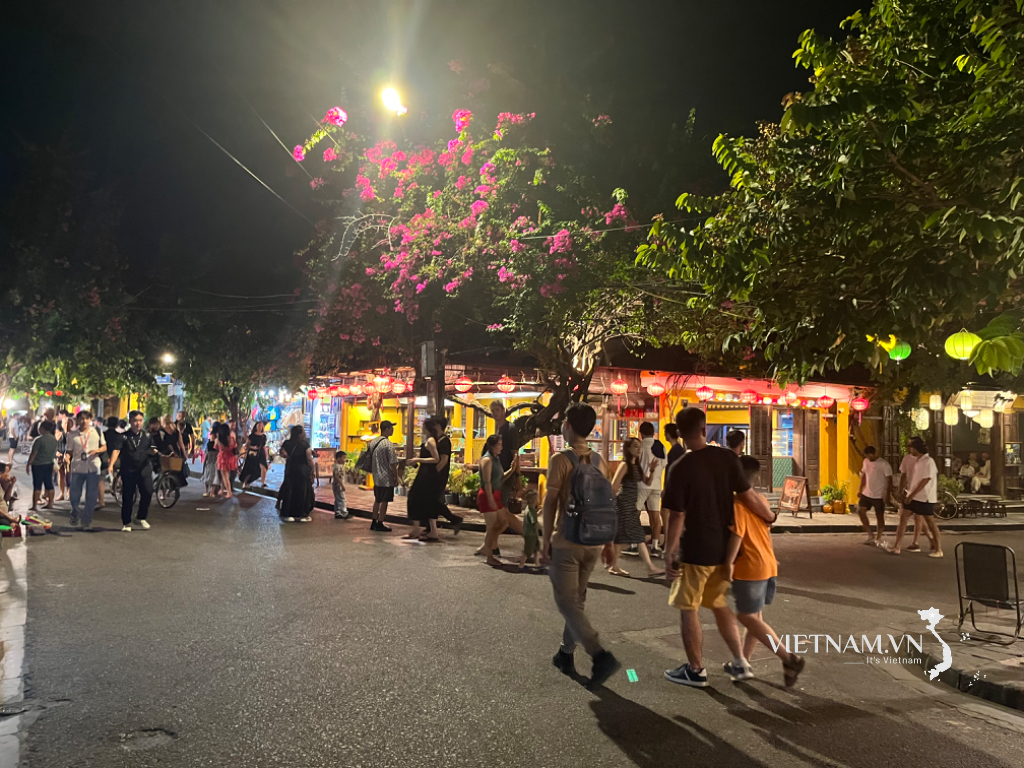
Comment (0)